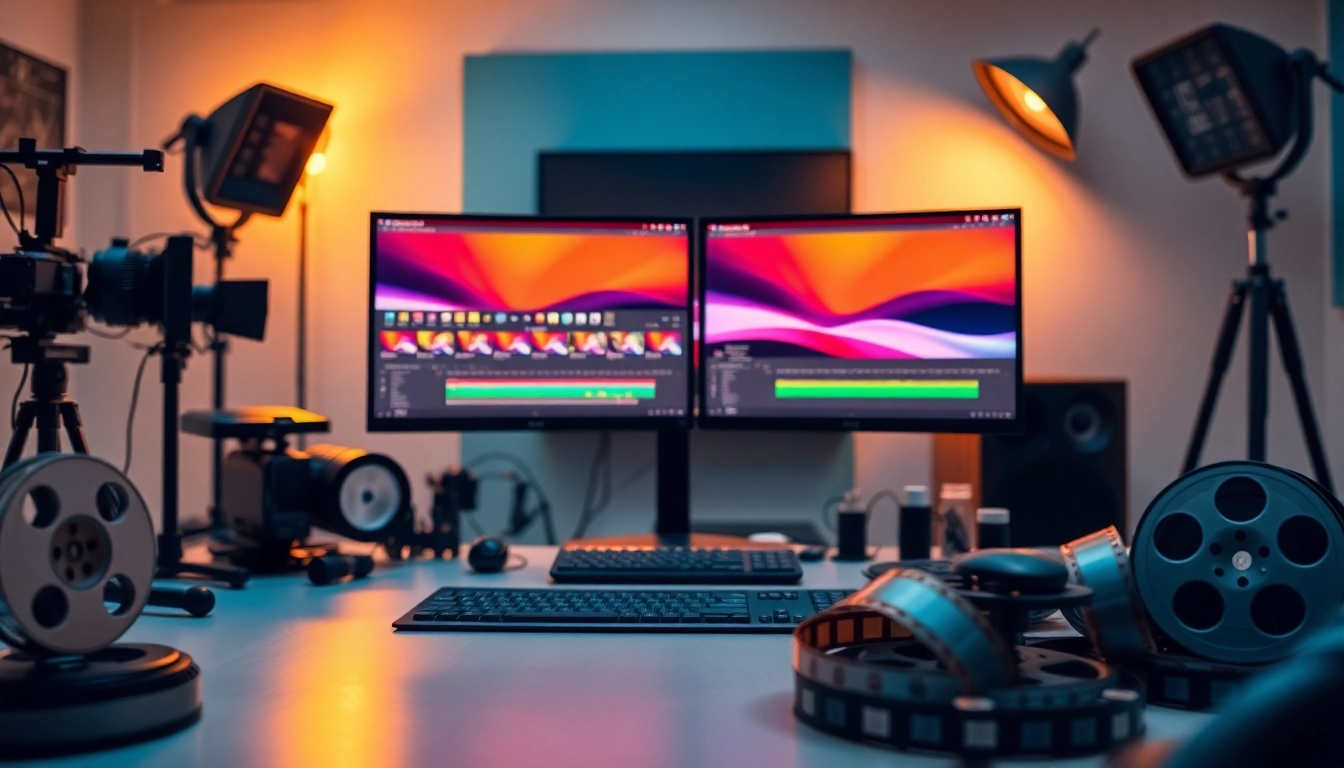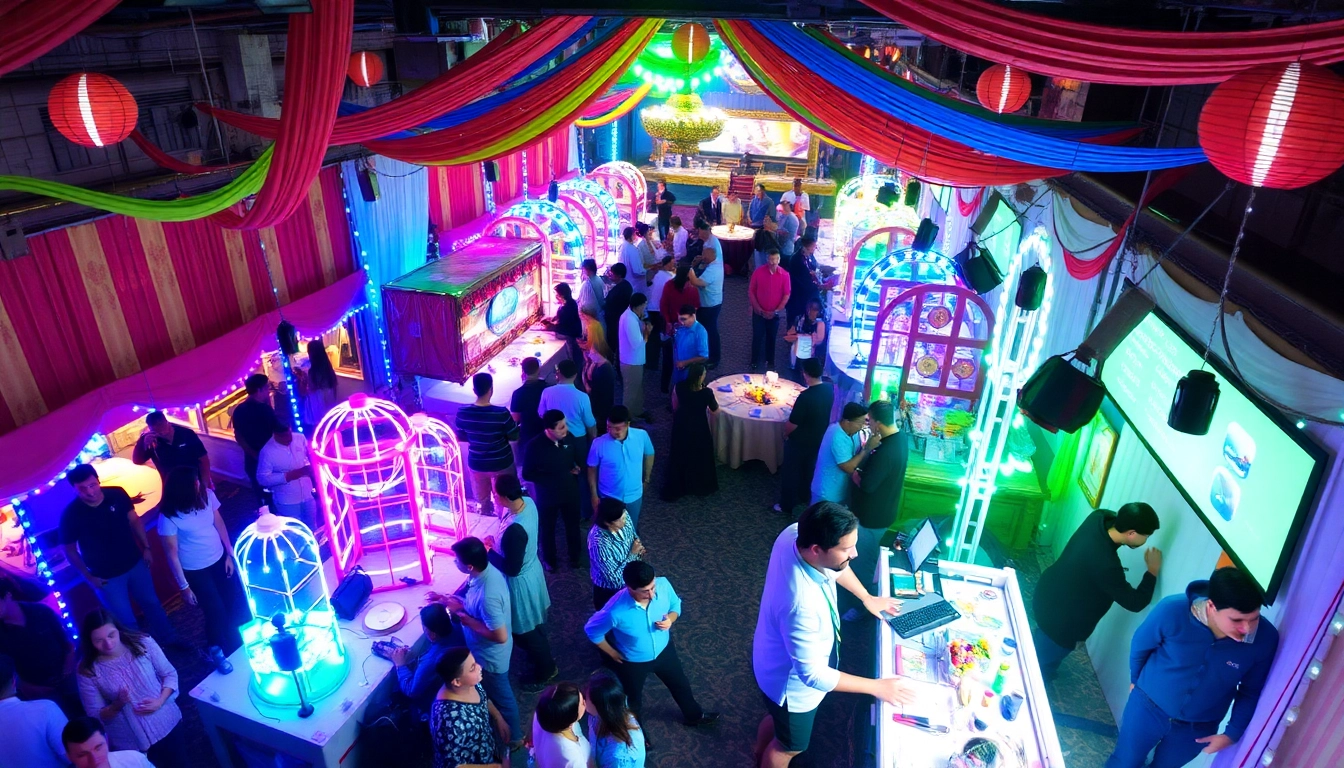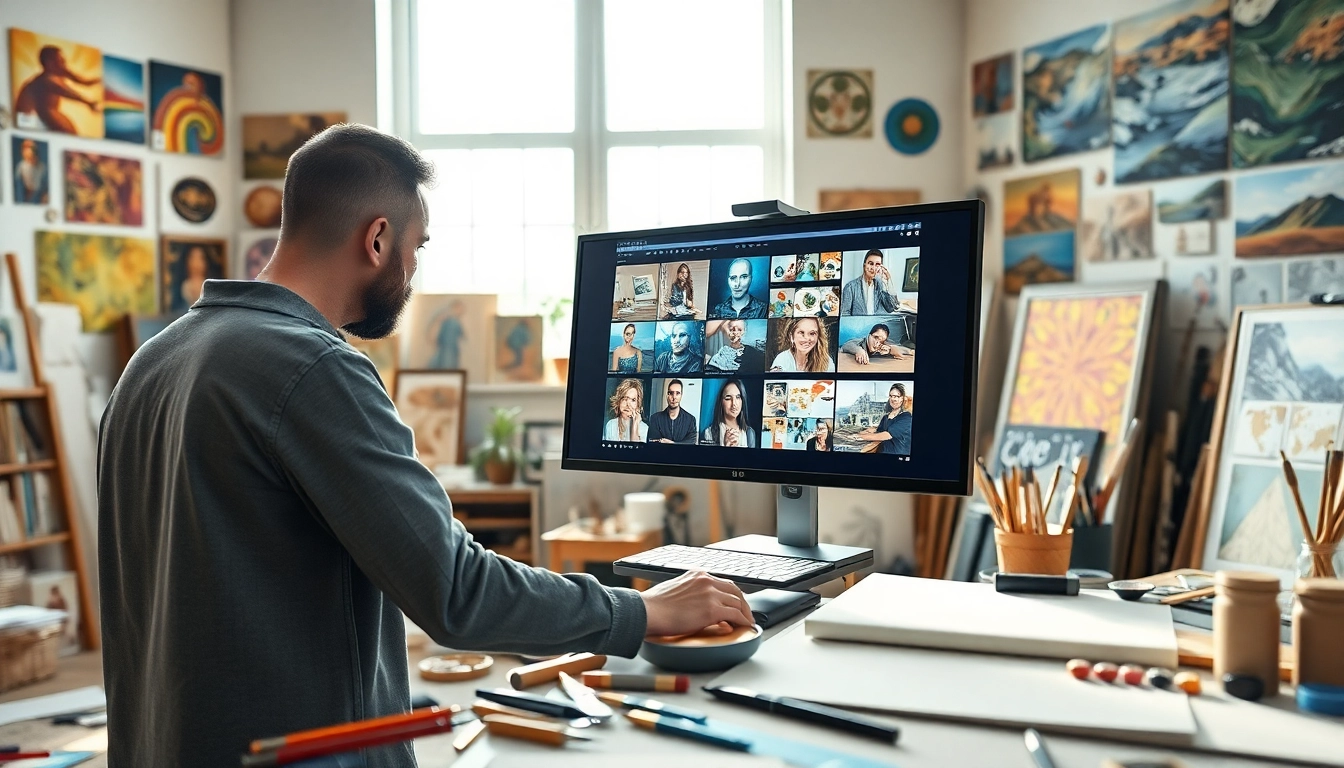Understanding the Basics of Editing & Post-Production
What is Editing & Post-Production?
Editing & Post-Production represents the crucial final stages of creating compelling visual content. This phase involves refining raw footage captured during production to deliver a polished final product that resonates with the audience. The process includes trimming unnecessary scenes, enhancing visuals, integrating sound, and ensuring that the story flows seamlessly. Essentially, editing & post-production transforms initial ideas into engaging stories that communicate messages effectively.
The importance of this phase cannot be overstated. It is where all the pieces of the puzzle come together, enabling filmmakers, videographers, and content creators to craft experiences that captivate viewers. An extensive exploration of Editing & Post-Production reveals not just techniques and tools, but also the artistry involved in conjuring emotions and crafting narratives.
The Importance of Editing in Visual Storytelling
Visual storytelling hinges significantly on the effectiveness of editing. It shapes the narrative structure, pacing, and emotional impact. Good editing can make a mediocre performance shine while poor editing can diminish outstanding footage. Editing effectively is about more than just cutting clips; it’s about enhancing the story, ensuring continuity, and evoking emotions through timing, transitions, and sound.
For instance, consider the use of pacing. A fast-paced edit might be employed in a dramatic chase scene to generate adrenaline, while a thoughtful, slow edit can enhance emotional weight during reflective moments. This ability to manipulate time and perception elevates the experience for viewers, confirming the role of editing as an art form in its own right.
Common Tools Used in Editing & Post-Production
A plethora of tools exist in the editor’s toolkit, each serving different functionalities. Popular software such as Adobe Premiere Pro, Final Cut Pro, and DaVinci Resolve are staples in the industry. These programs offer advanced features that allow for precise audio and visual adjustments, color grading, and special effects, which are essential for professional-grade production.
Moreover, editors frequently utilize additional tools for specific outcomes. For sound design, software like Audacity or Pro Tools is common, enabling detailed audio editing and mixing. In visual effects, tools like After Effects are essential for creating high-quality graphics that can seamlessly integrate with live footage.
Key Stages of the Editing & Post-Production Process
Preliminary Editing: The Rough Cut
The first substantial step in editing & post-production is creating a rough cut. This initial version incorporates all selected footage and serves as the foundation for further refinement. The focus at this stage is on assembling the best takes and beginning to formulate a coherent storyline.
During preliminary editing, it’s crucial to disregard personal preferences for specific shots in favor of what serves the narrative best. This might involve stepping back to make impartial choices that align with the overall vision of the project. It’s advisable at this stage to get feedback from trusted collaborators to ensure that the main narrative stays intact.
Advanced Techniques in Video Editing
As the editing process evolves, advanced techniques come into play. These methods can range from utilizing motion graphics and transitions to employing complex editing styles such as montage or non-linear storytelling. Editors can also explore various effects that can enhance visual perspectives or underline key moments within the narrative.
Color grading is of paramount importance at this stage. This process involves altering the colors and tones of the footage to achieve a desired aesthetic or mood. Learning how to effectively balance color tones can significantly influence how viewers perceive the visuals, connecting them emotionally to the story being told.
Finalizing Your Project: Color Correction and Sound
The finalization stage of editing & post-production brings together everything learned during earlier phases. Color correction and sound design hold critical importance in this stage. Color correction is about ensuring consistent and accurate colors across all footage, while also enhancing the visual appeal to match the intended mood.
Sound design completes the sensory experience of the film. It involves adjusting dialogue levels, adding sound effects, and ensuring that the soundtrack aligns perfectly with visuals. The meticulous combination of sound and imagery is what ultimately fosters a compelling and immersive experience for the audience.
Professional Techniques for Effective Editing & Post-Production
Strategies for Efficient Workflow
Efficiency in editing & post-production is vital for meeting deadlines and maintaining creative flow throughout the project. One effective strategy is the use of organized bins or folders within the editing software. These help keep media files sorted by categories such as audio, video, and graphics, simplifying the search process.
Moreover, establishing a workflow that divides tasks into clear segments can improve productivity. For instance, one could allocate specific sessions to focus solely on audio work, then shift to visual effects, and so on. This segmented approach allows for deeper concentration on individual aspects without becoming overwhelmed by the full workload.
Integrating Visual Effects in Editing
Integrating visual effects provides opportunities for creativity and storytelling enhancement. Visual effects can range from simple overlays to complex 3D animations, and can be used to highlight important story elements or create immersive environments that would be difficult or impossible to capture on camera.
Editors must skillfully blend these effects with the raw footage to maintain believability. Rigorous attention to detail is necessary in this process to ensure that the visual effects do not distract from the narrative but instead serve to enhance it.
Using Music and Sound Design Effectively
Effective use of music and sound design is critical in creating the desired emotional atmospheres. This includes strategic placement of music scores and sound effects that resonate with the visuals on-screen. Editors often collaborate closely with sound designers and composers to craft soundscapes that elevate the storytelling experience.
It’s essential to pay attention to the timing of musical crescendos and quiet moments, ensuring they align with visual cues. The right sound at the right moment can instigate emotional responses, deepen engagement, and create an enduring connection with the audience.
Challenges in Editing & Post-Production
Common Pitfalls in Video Editing
Despite the meticulous planning and execution, several common pitfalls can arise during editing & post-production. One prevalent challenge is the overuse of effects or transitions, which can distract viewers from the story itself. It’s essential to use these tools judiciously to maintain focus on the narrative.
Another common issue is the failure to establish pacing properly. Poor pacing can lead to an uneven flow, unsettling the viewer and disrupting the story. Regular reviews with a fresh perspective can help catch these issues before finalizing a project.
Time Management During Post-Production
Time constraints can put significant pressure on editors, often leading to hasty decisions that undermine the quality of the final product. A robust project timeline that accounts for time to gather feedback and make necessary revisions is essential. Breaking the timeline down into manageable milestones can alleviate the pressure, providing a clear roadmap to success.
Utilizing a time tracker or project management software can help editors stay on schedule and enhance productivity by identifying areas where time can be optimized.
Dealing with Creative Block in Editing
Creative block is a common hurdle that can impact any stage of the editing process. Combatting this often requires stepping away from the project momentarily. Engaging in other creative endeavors or seeking inspiration from different sources can also spark new ideas.
Additionally, collaborating with peers can lead to discussions that reignite the creative process. Different perspectives can provide insights that a single viewpoint may overlook, helping to break through mental barriers.
Future Trends in Editing & Post-Production
Emerging Technologies in Video Editing
As technology continues to develop, new tools and techniques shape the editing landscape. Innovations such as 4K and 8K resolution editing, augmented reality (AR) integration, and even cloud-based editing systems are becoming more prevalent. These advancements not only enhance the quality of the visual output but also streamline the editing process, accommodating collaborative projects across geographical distances.
Keeping abreast of these emerging technologies will be essential for editors aiming to stay competitive and versatile in the industry.
Impact of AI on Editing & Post-Production
The influence of artificial intelligence in editing & post-production is a growing trend. AI-driven software can expedite processes such as color correction, audio enhancement, and even content suggestion. While this opens up exciting opportunities for creativity, it also raises questions about the balance between automation and the artistry of human editing.
Understanding how to leverage these tools will be essential for future editors, ensuring that they remain relevant in an evolving landscape while still imparting their creative touch to the work.
Preparing for Changes in Audience Expectations
As audiences become more discerning, expectations for high-quality visuals and immersive narratives continue to evolve. Editors must remain adaptable and aware of changing trends that influence viewer preferences. This includes understanding demographic shifts and cultural trends, which can inform stylistic choices and storytelling techniques.
Staying ahead of audience expectations involves a commitment to continuous learning and experimentation with different formats and styles. Engaging with viewer feedback and analytics can also provide insight into what resonates, allowing for iterative improvements in future projects.



